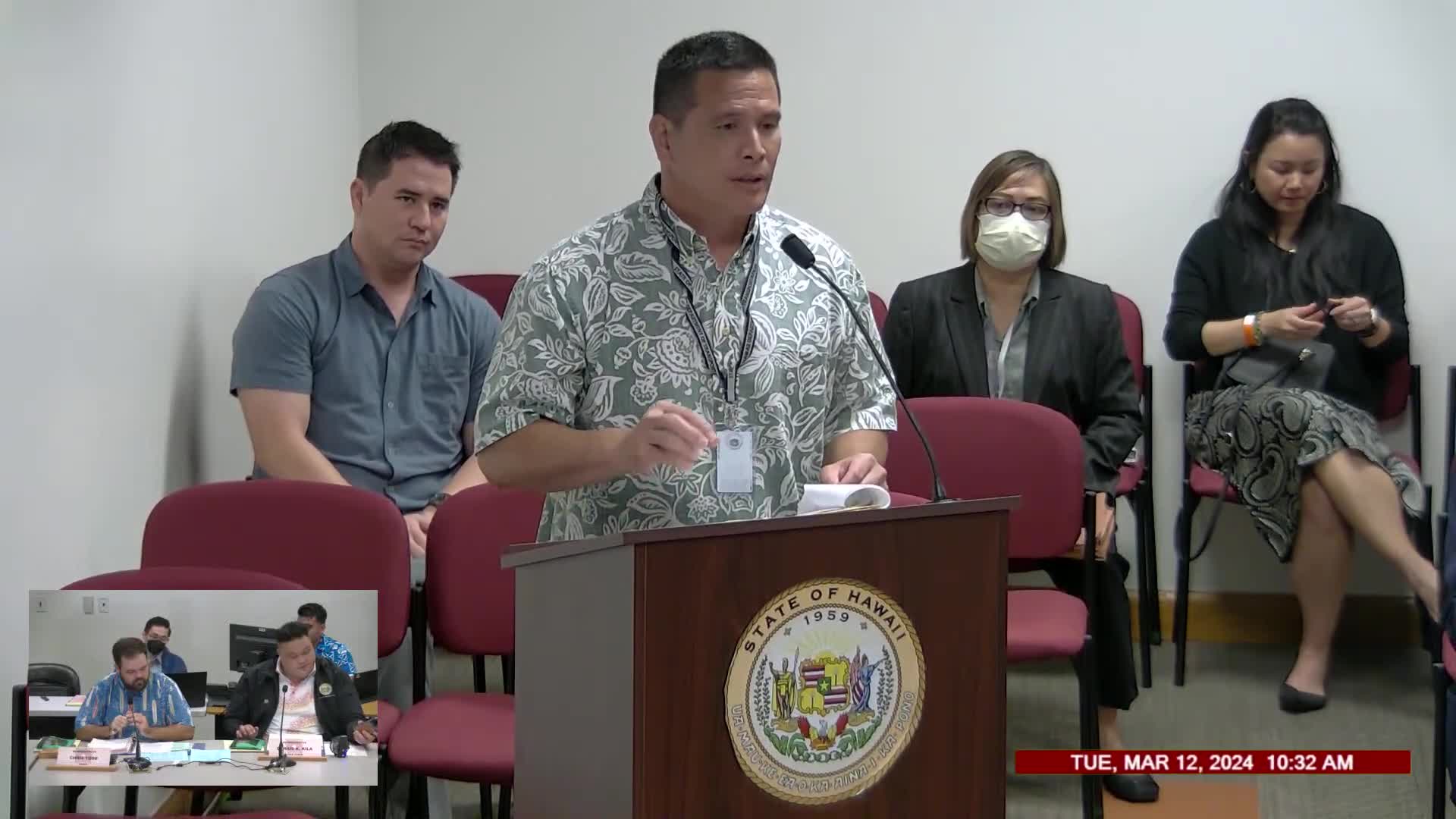Senate Committee reviews bill to expand automated speed enforcement for traffic safety
March 13, 2024 | House Committee on Transportation, House of Representatives, Legislative , Hawaii

This article was created by AI summarizing key points discussed. AI makes mistakes, so for full details and context, please refer to the video of the full meeting. Please report any errors so we can fix them. Report an error »

In a recent public hearing held on March 12, 2024, in Hawaii, discussions centered around proposed legislation aimed at enhancing traffic safety through automated speed enforcement systems. The meeting highlighted significant concerns regarding the current limitations of the bill, particularly the restriction of enforcing speed regulations at only ten intersections.
One of the key speakers, a representative from the traffic division, advocated for the removal of this cap, emphasizing the need for flexibility in deploying speed cameras to maximize safety across the road system. The representative suggested that if the limit could not be eliminated, it should at least be adjusted to allow for ten new intersections, considering existing red light cameras could also be utilized for speed enforcement.
The bill, as it stands, seeks to hold vehicle owners liable for speed violations, which raised questions among committee members about the implications for owners who are not driving at the time of the infraction. The Deputy Attorney General provided insights into the legal framework, recommending adjustments to ensure clarity in enforcement.
Support for the bill was voiced by the Honolulu Police Department, which noted that speeding is a leading cause of traffic fatalities in the area. They highlighted the effectiveness of existing red light cameras in reducing speeds at monitored intersections, suggesting that expanding the program could further enhance public safety.
The hearing also touched on the financial aspects of the proposed changes, with discussions about funding sources for the expanded enforcement measures. The committee members expressed a commitment to addressing the pressing issue of speeding and its consequences on community safety.
As the meeting concluded, the committee moved on to discuss another bill related to a road usage charge program, indicating ongoing efforts to explore innovative solutions for traffic management and safety in Hawaii. The outcomes of these discussions will be crucial in shaping future traffic enforcement policies and ensuring the safety of road users across the state.
One of the key speakers, a representative from the traffic division, advocated for the removal of this cap, emphasizing the need for flexibility in deploying speed cameras to maximize safety across the road system. The representative suggested that if the limit could not be eliminated, it should at least be adjusted to allow for ten new intersections, considering existing red light cameras could also be utilized for speed enforcement.
The bill, as it stands, seeks to hold vehicle owners liable for speed violations, which raised questions among committee members about the implications for owners who are not driving at the time of the infraction. The Deputy Attorney General provided insights into the legal framework, recommending adjustments to ensure clarity in enforcement.
Support for the bill was voiced by the Honolulu Police Department, which noted that speeding is a leading cause of traffic fatalities in the area. They highlighted the effectiveness of existing red light cameras in reducing speeds at monitored intersections, suggesting that expanding the program could further enhance public safety.
The hearing also touched on the financial aspects of the proposed changes, with discussions about funding sources for the expanded enforcement measures. The committee members expressed a commitment to addressing the pressing issue of speeding and its consequences on community safety.
As the meeting concluded, the committee moved on to discuss another bill related to a road usage charge program, indicating ongoing efforts to explore innovative solutions for traffic management and safety in Hawaii. The outcomes of these discussions will be crucial in shaping future traffic enforcement policies and ensuring the safety of road users across the state.
View full meeting
This article is based on a recent meeting—watch the full video and explore the complete transcript for deeper insights into the discussion.
View full meeting
